Artist and writer Benjamin Schipper’s monumental original graphic novel, Joe Death and the Graven Image is out now!
Somewhere between Mike Mignola, A Fistful of Dollars, and Johnny Cash’s Ghost Riders in the Sky, this tale is an adventurous take on the existential hitman, set against a dreamy western backdrop populated by witches, spirits, ghouls, and other monsters.
Joe Death explores what it means for Death to undo what he does best. More importantly, what is the true cost of salvation? — DARK HORSE COMICS
I’ve had the privilege to call Ben a friend for a long time now! Recently, we got the chance to talk through the experience and what it took to bring Joe Death to life.
Thank you for taking the time to talk with me, Ben! Let’s start at the beginning. How did your artistic journey begin?
It’s my extreme pleasure! Thank you, Cory and the rest of Muddy Colors for inviting me over here!
My journey began quite humbly, sitting at the foot of my Grandparent’s tube television listening to Bob Ross, herald of the Joy of Painting. Whatever people may think of Bob as a person or artist he was doing something very special, creating in public. The blank canvas and paper became a frontier that I could take part in filling, an infinite oasis of imagination and rigorous climbs.
After that I grabbed any “art of” book I could find at Books-A-Million, particularly those featuring my favorite films, Star Wars and Jackson’s The Lord of the Rings. The film industry, for the most part, was still using methods and means that I could decipher and emulate, pencil, markers, paint and paper. And these images, this conceptual art, was always tied to a story. Artistically I can’t figure out how much of me is writer and how much is illustrator, they are one and the same to me and I don’t feel that comfortable doing one and not the other.
The first book that lit my hair on fire was Ray Bradbury’s Fahrenheit 451. Everyone sees the sci-fi in Bradbury but the thing that really caught me was his poetry, the way he wrote, lyrical, dynamic, important.
But since we’re talking comics, I did try my hand at the medium in middle school, creating this fairly tight four pager describing the true lives of those Bothan spies who died to save us from the evil Empire.
How did you get started in comics? What have been some favorite projects over the years?
You know the answer to this one! And maybe some of your readers here remember too. Back in 2017 I made a small fan fiction Hellboy comic that you featured here on Muddy Colors. I had been trying to figure out simple comic storytelling at the time and that one was important to me because I was writing exactly what was in my heart, I was being very honest through a fictional medium, lots of people responded well to that one and it gave me the “go” I needed to turn away from illustration and pursue comics more seriously.
The next and possibly more important comic project I completed was with The Jim Henson Company. Their The Storyteller (1980’s TV show and now an anthology comic series) license is held by Boom! Studios / Archaia, and it seems like they use that property to really foster new talent, giving them an opportunity to work on a book that everyone knows but also has a high degree of individuality allowed. I got to do a single issue for their Fairies series borrowing a Scandinavian folktale. I was looking at a lot of Tove Jansson and did my best to not mess it up. I’m still very proud of that comic and it’s what led me to getting my foot in the door at larger comic companies.
I know your illustration methods changed quite a bit from the first chapter leading you to start from scratch. What was that realization like and how did you arrive at your current methods?
Very significant changes! Most importantly I think my process stems from a fear of drawing in ink, the permanence of it on paper was just too much for me as a young artist who really didn’t know how to draw well. My draftsmanship was just nowhere close to what I wanted it to be, so I began working like a traditional animator essentially, drawing draft over draft over draft on layout bond paper. This sped me up significantly and yielded the best end results. Digital color is really a significant new tool in the cartoonists belt. Because I have full control over that piece of the art, uncommon in most comics that use a colorist or two, I can create traditional line art that I personally will be “ink” in Photoshop as part of the coloring process. Inking and coloring are one in the same to me.
Walk me through your writing process. What’s that like along with drawing?
CONCEPT – The first thing I have to know is my lead character, who and what are they? For Joe Death and the Graven Image it was a skeleton, not an original concept by any means, but one that has perpetual meaning and mystery. Who was he before bones, who will he become? There’s meaning in the metaphor, something Bradbury was always engaging. That lead character inevitably talks to more people, there’s a kind of weird community in my head, disembodied voices talking to each other, they let me know what they’re struggling with, where they want to go but can’t, where they’ve been and where they’re going.
OUTLINE – I’ll then start to outline a story, a very loose outline, a beginning and an end. Based on the amount of pages I use a blank sheet and number the pages, each issue or chapter of Joe Death is around 22 pages. For every number I write what needs to happen on those comic pages.
SCRIPT – I start writing down scenes and dialogue. The details of the outline. The language of the characters that have already begun talking to each other in my head.
PLANNING THE PAGES – I then make an Adobe InDesign document with that amount of pages I need. I start dropping in the dialogue from my script and forming it into word/speech balloons. I’ll also start working out my panels, InDesign tools are exceptionally helpful at this.
DRAWING – All along the way I am conceptualizing and drawing the characters that need to perform in my book. Though it’s only at this stage that I begin to actually draw my pages, it’s kind of like casting actors and then shooting them on the days allotted to film. Though this is very much still part of the writing stage, the way in which the characters deliver their lines is as important as the written lines themselves.
Who are some of your artistic influences and how did they inform Joe Death and the Graven Image?
Visually there’s no doubt Mike Mignola is at the top, or at least was the first comic maker to really impress me. Alex Toth came next, and Christophe Blain, a French cartoonist. Mike’s deep and calculated shadow work, I think, can be seen easily in Joe Death. Toth’s simple line and economy of drawing are notoriously hard to accomplish, try as I might, his character designs were most influential to how I thought about Joe and the other characters in his story. Christophe Blain’s cartooning is exceptionally lively and very charming, it doesn’t try to be anything other than a cartoon, he leans into the medium and tradition of funny images. I tried to incorporate all of these elements into Joe Death and the Graven Image, how’d I do?
What do you hope readers will find in the story?
An appetite for mystery and the simple delight of surprise! I’ve recently started reading Gene Wolfe’s Book of the New Sun, I have no idea where we’re going on the journey, the plot is pretty obscure, but the parts, the pieces, of that adventure are incredibly engaging! I find this in most of Hayoa Miyazaki’s movies, the details, the characters, and the world are so interesting that they front line the work and overshadow the plot that your mind has to grapple with the meaning of everything later, after you’ve watched and rewatched several times. It’s like a puzzle, the pieces do add up to a final, meaningful image, but they have to be inspected and placed carefully together first, one at a time.
Thanks so much for your time, Ben! Where can people follow you and learn more about your work and this book?
My email newsletter Ole Noggin’ is the best place to follow my current work and reach me with questions.
Joe Death and the Graven Image is now available in comic shops worldwide
and can be preordered for its April 18th book release wherever books are sold!


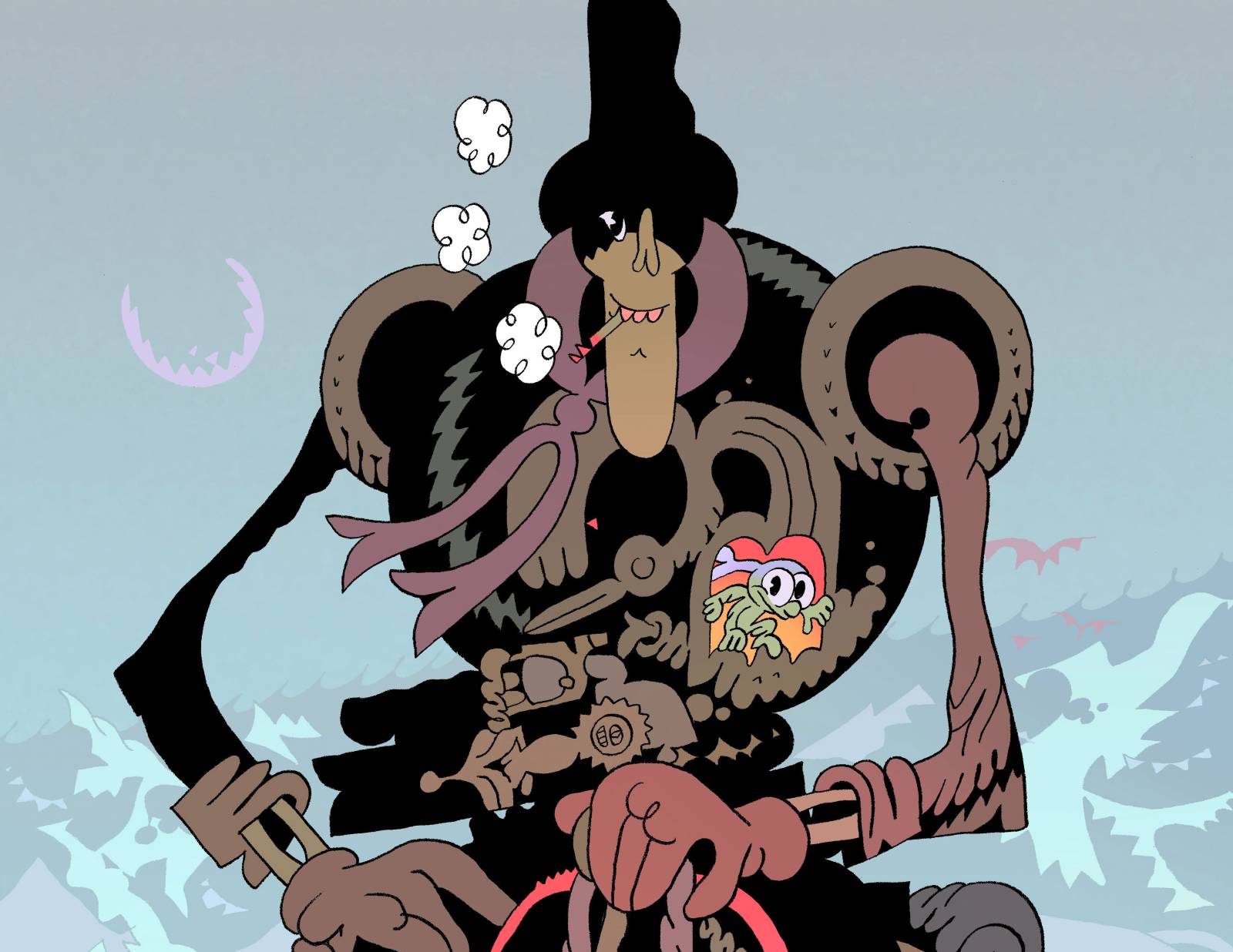
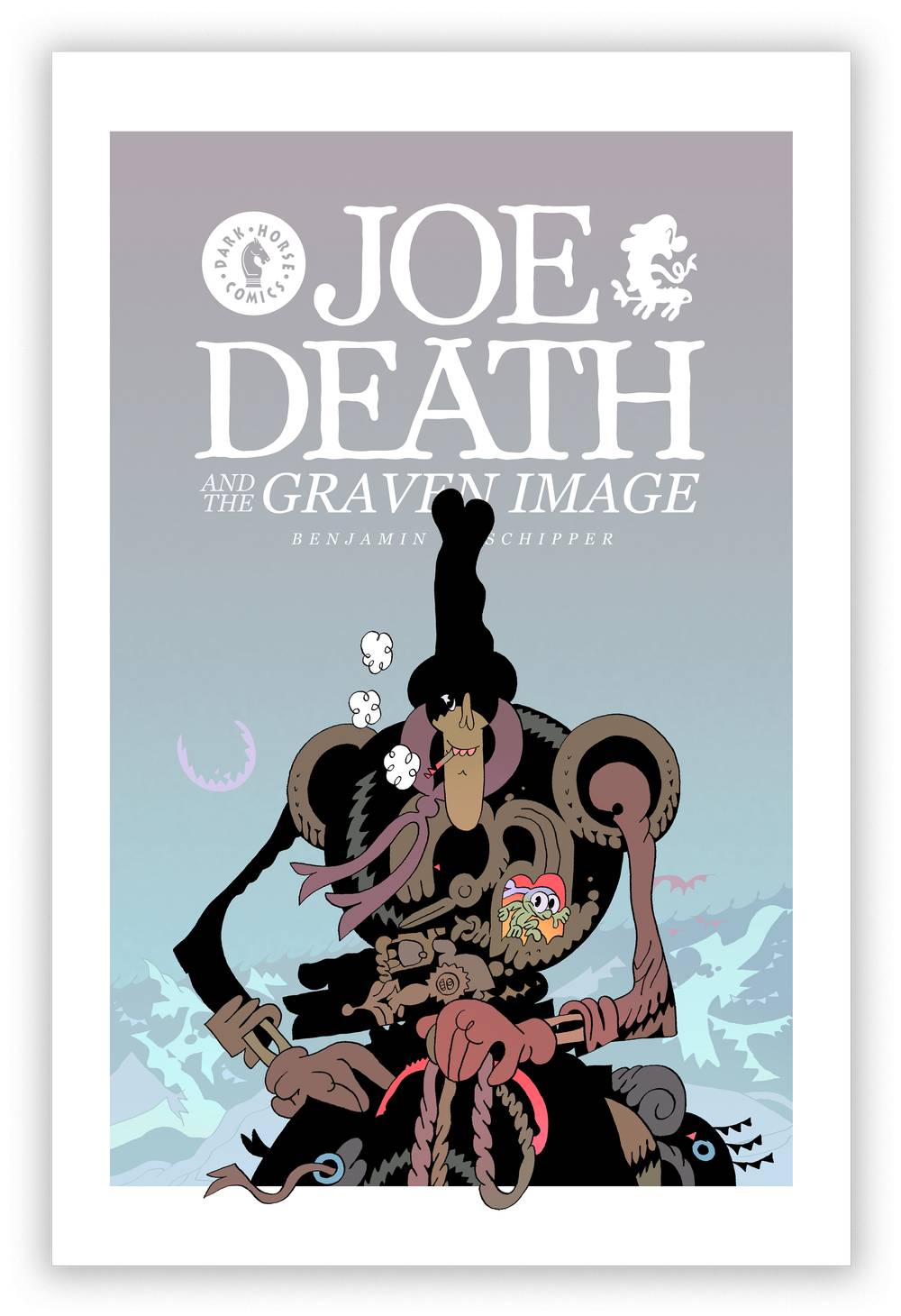

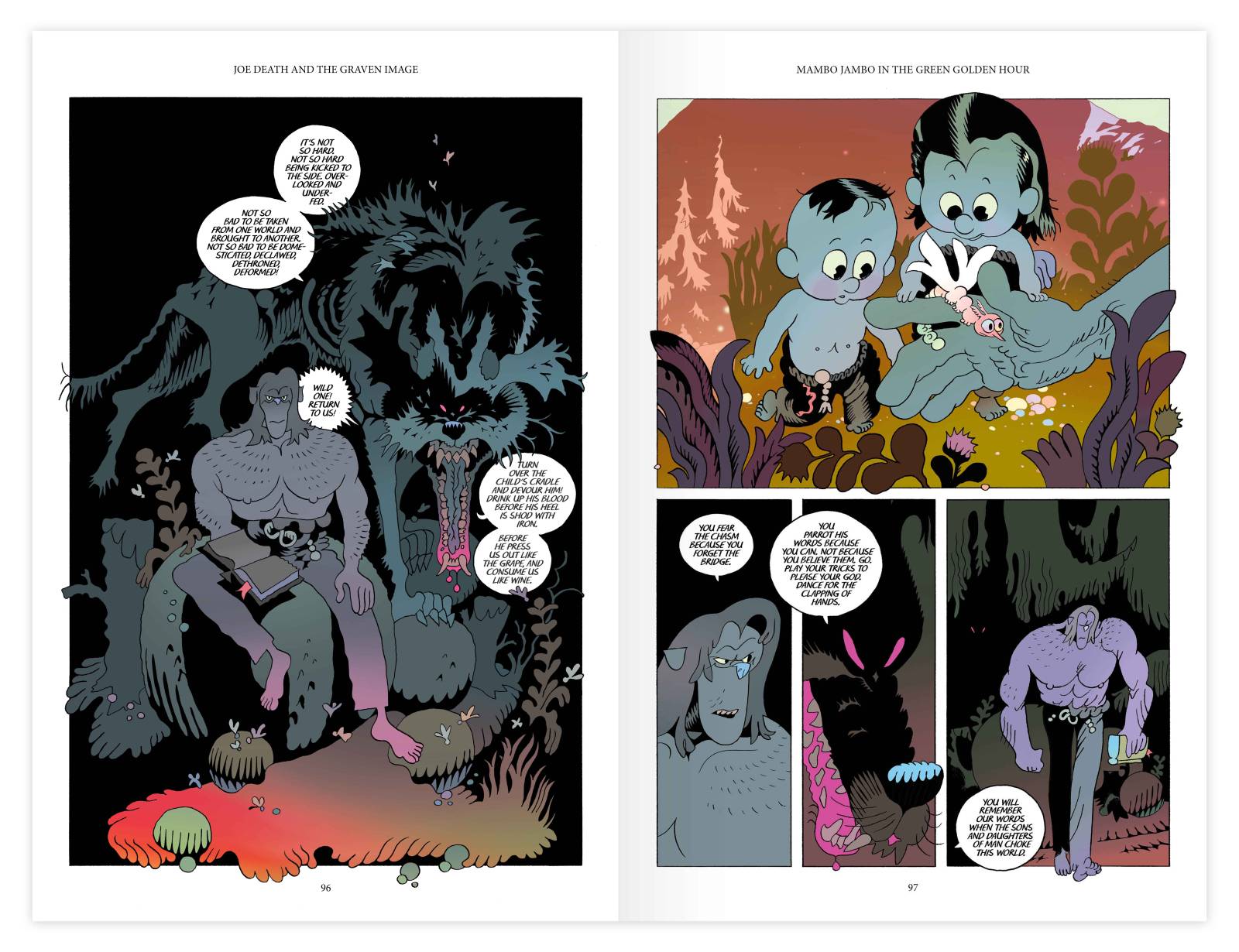
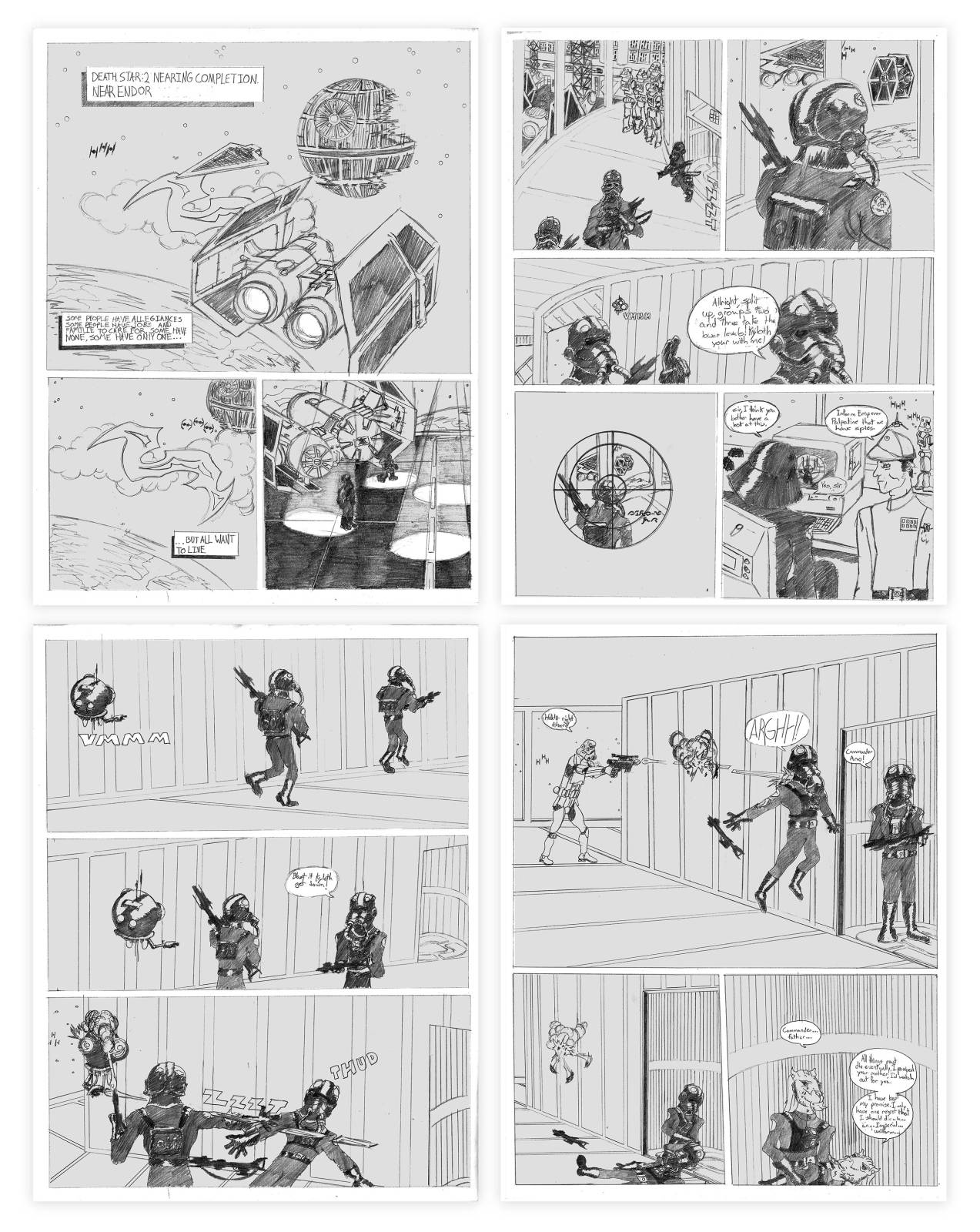
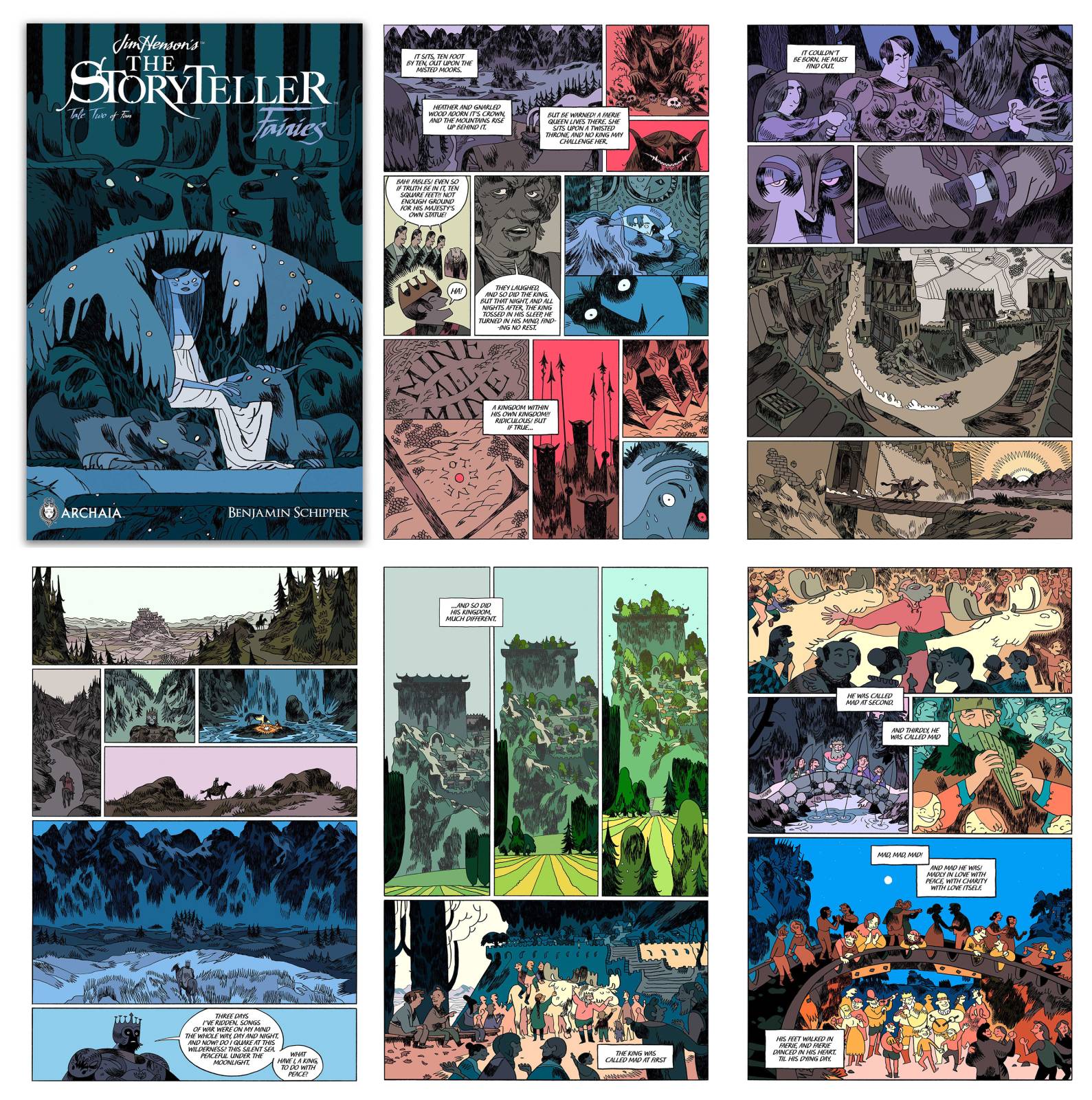
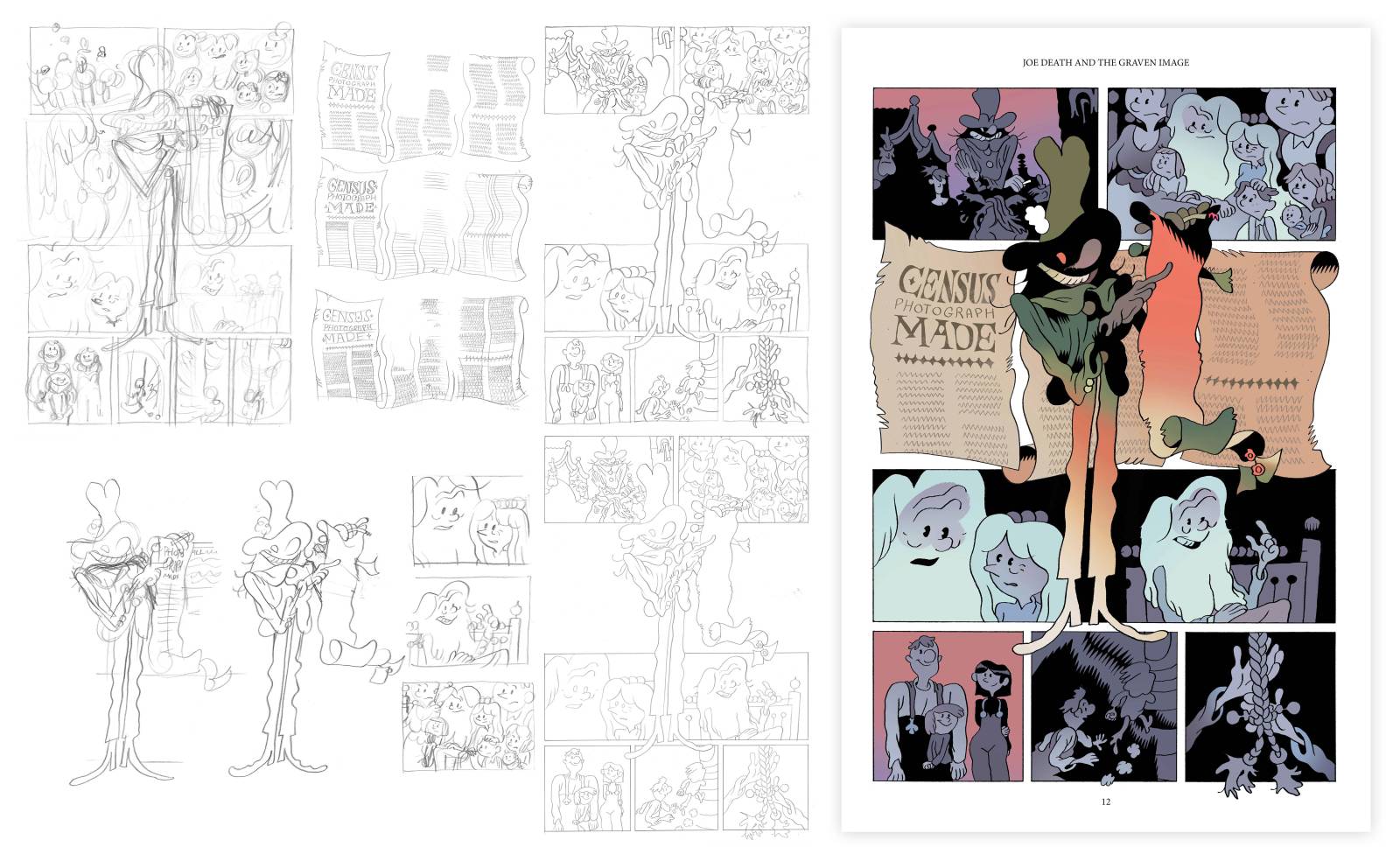
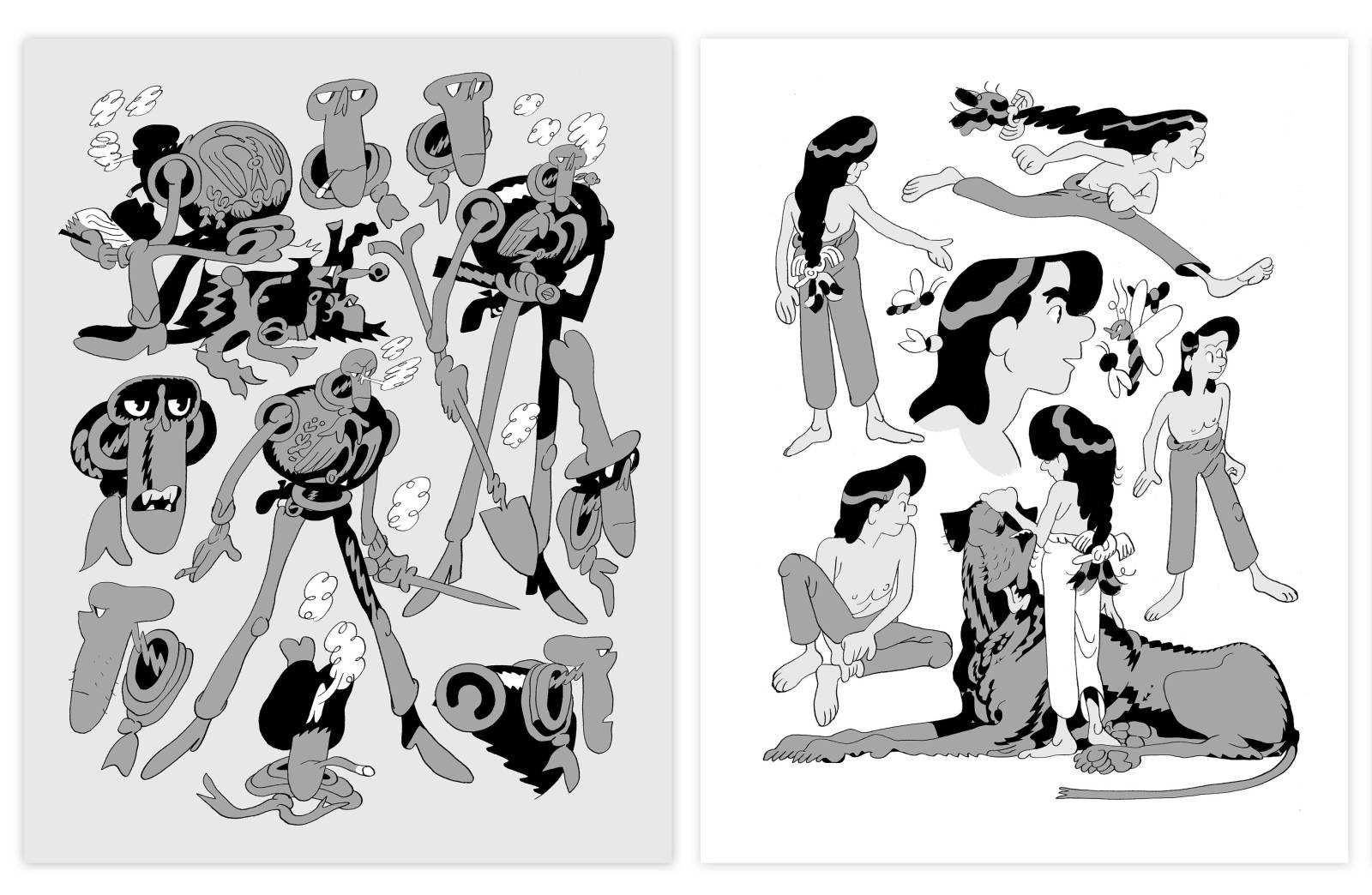
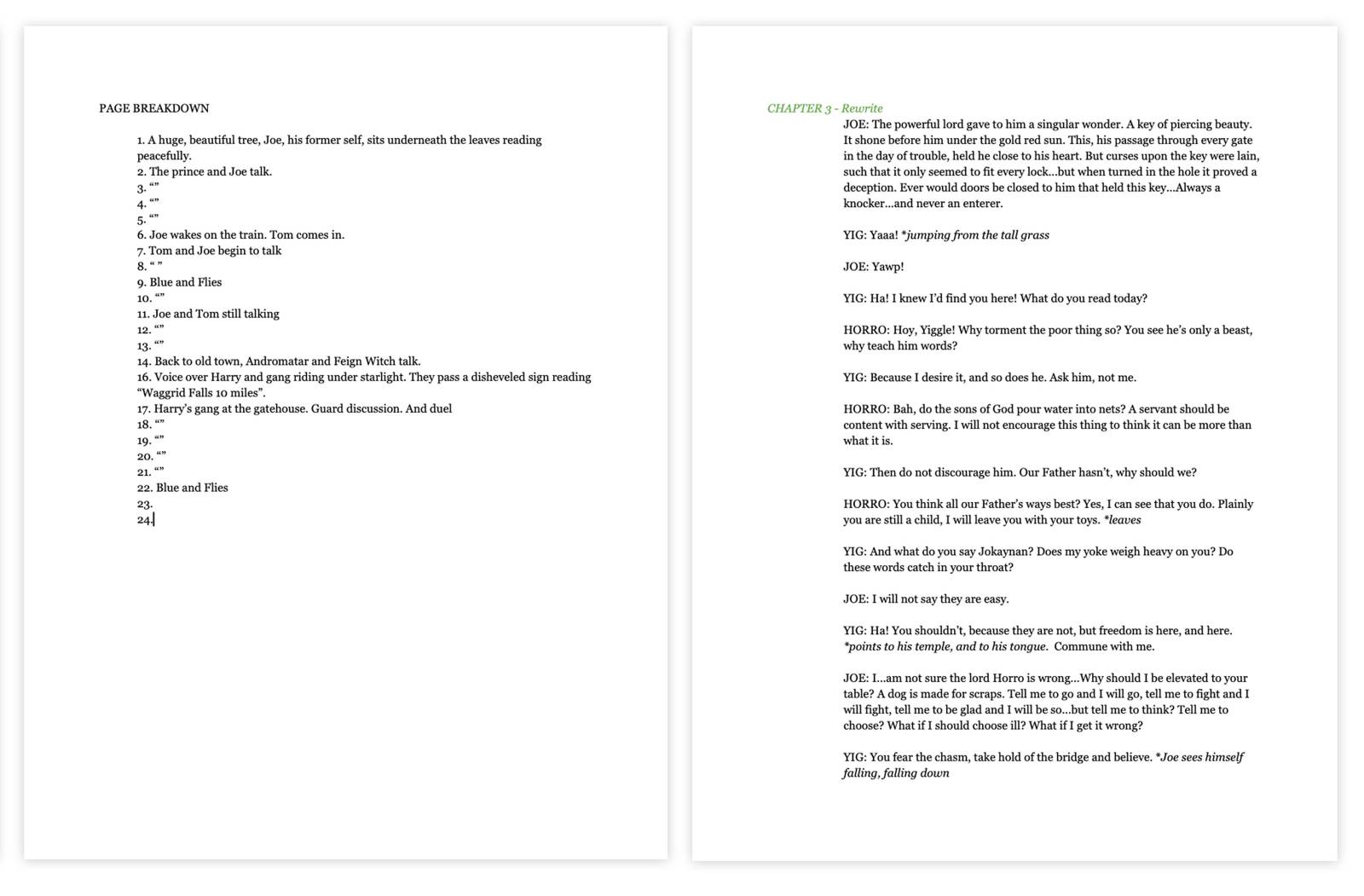
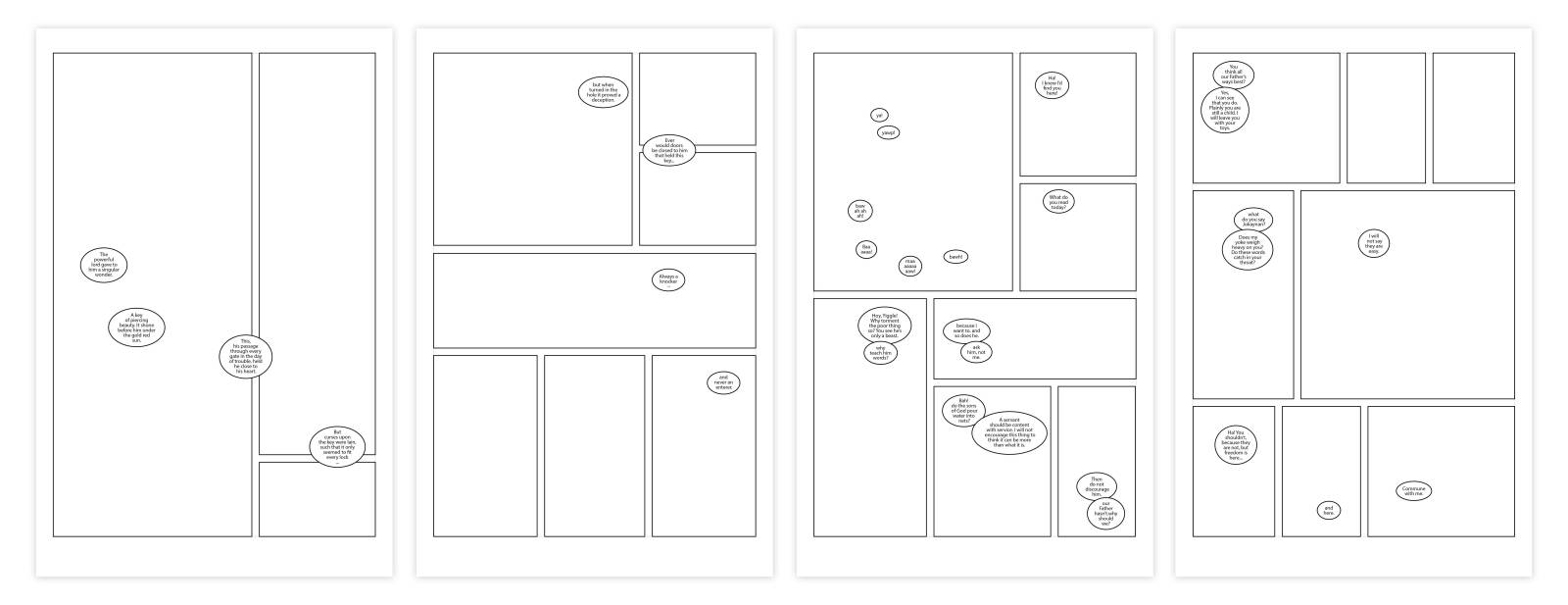
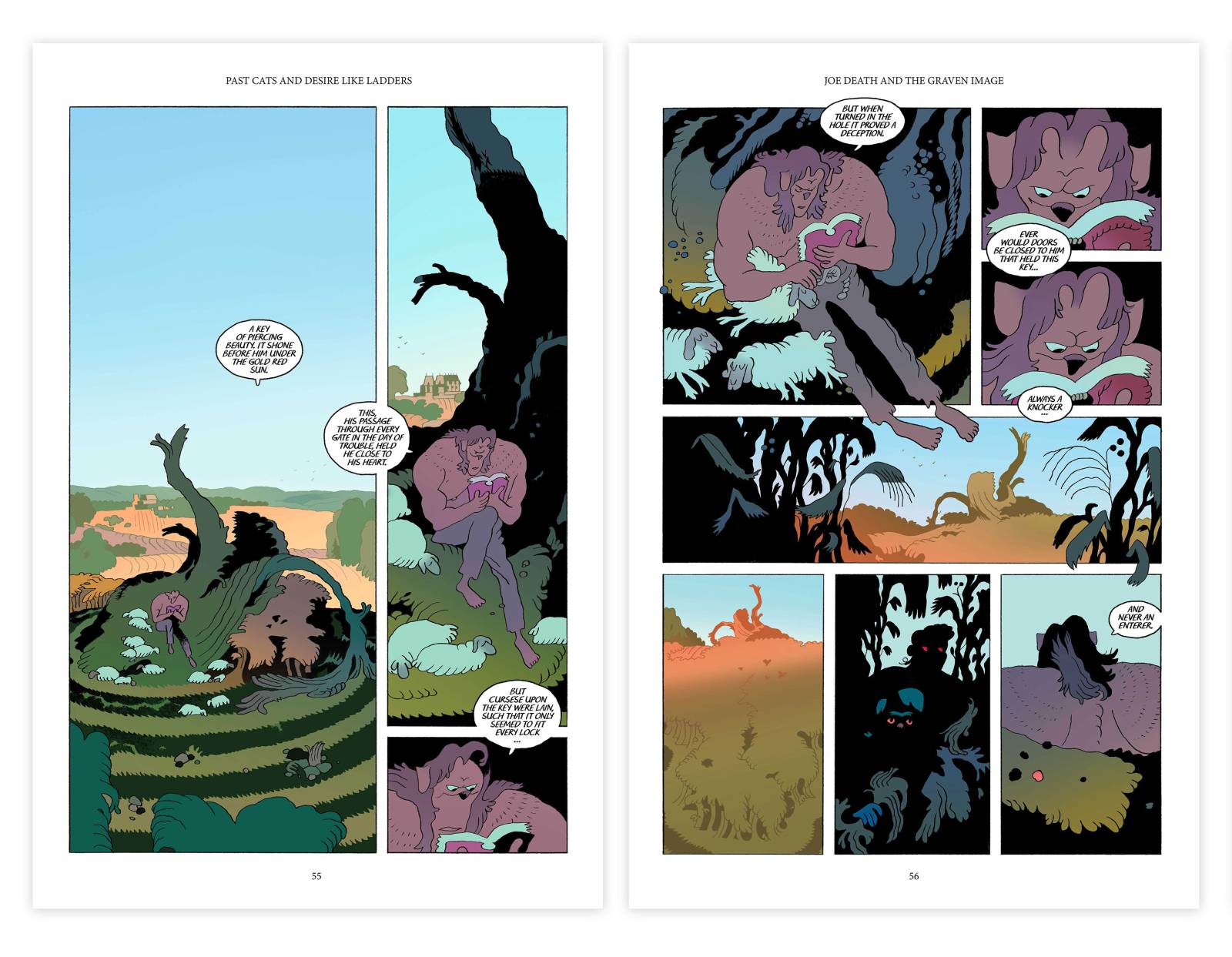
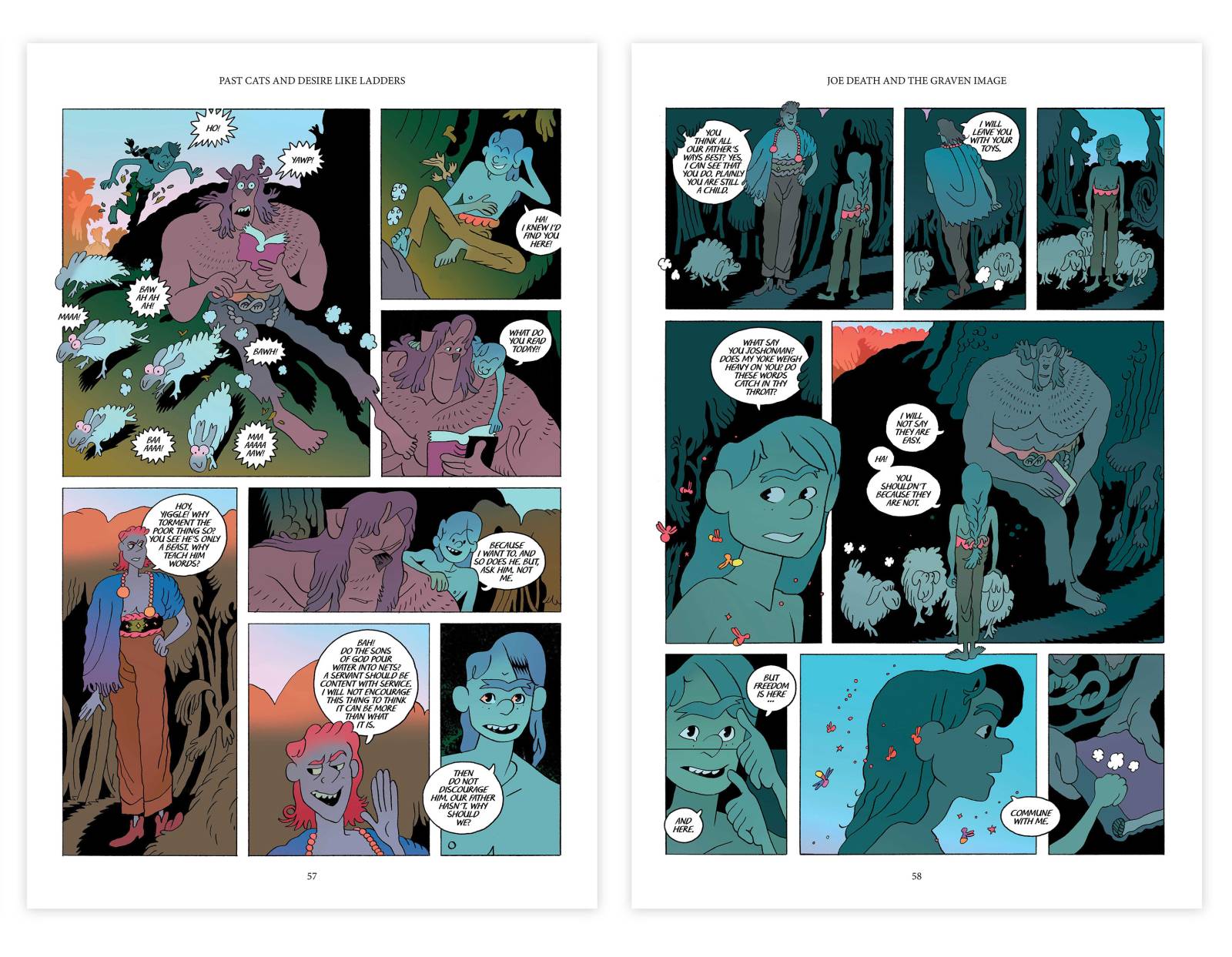
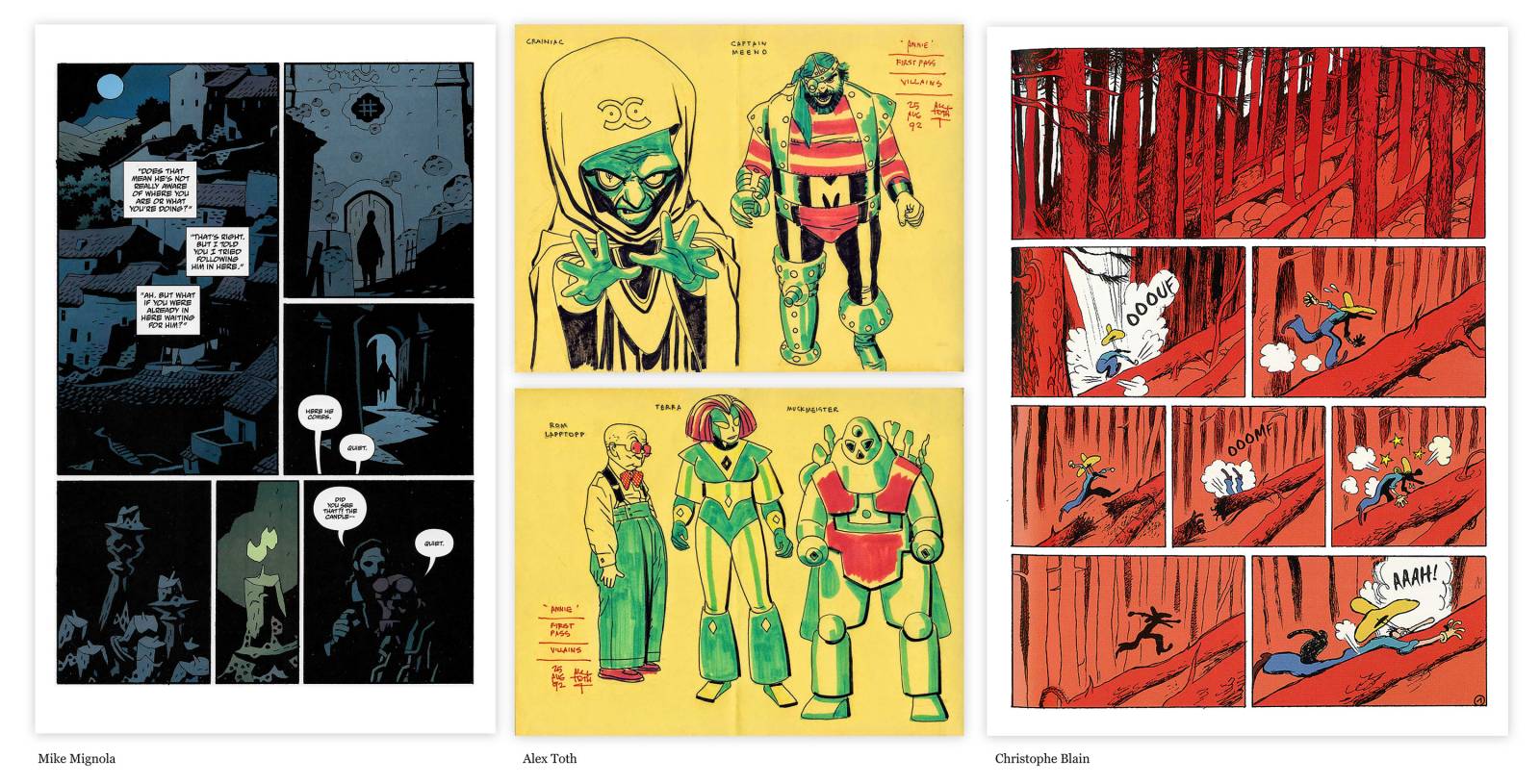

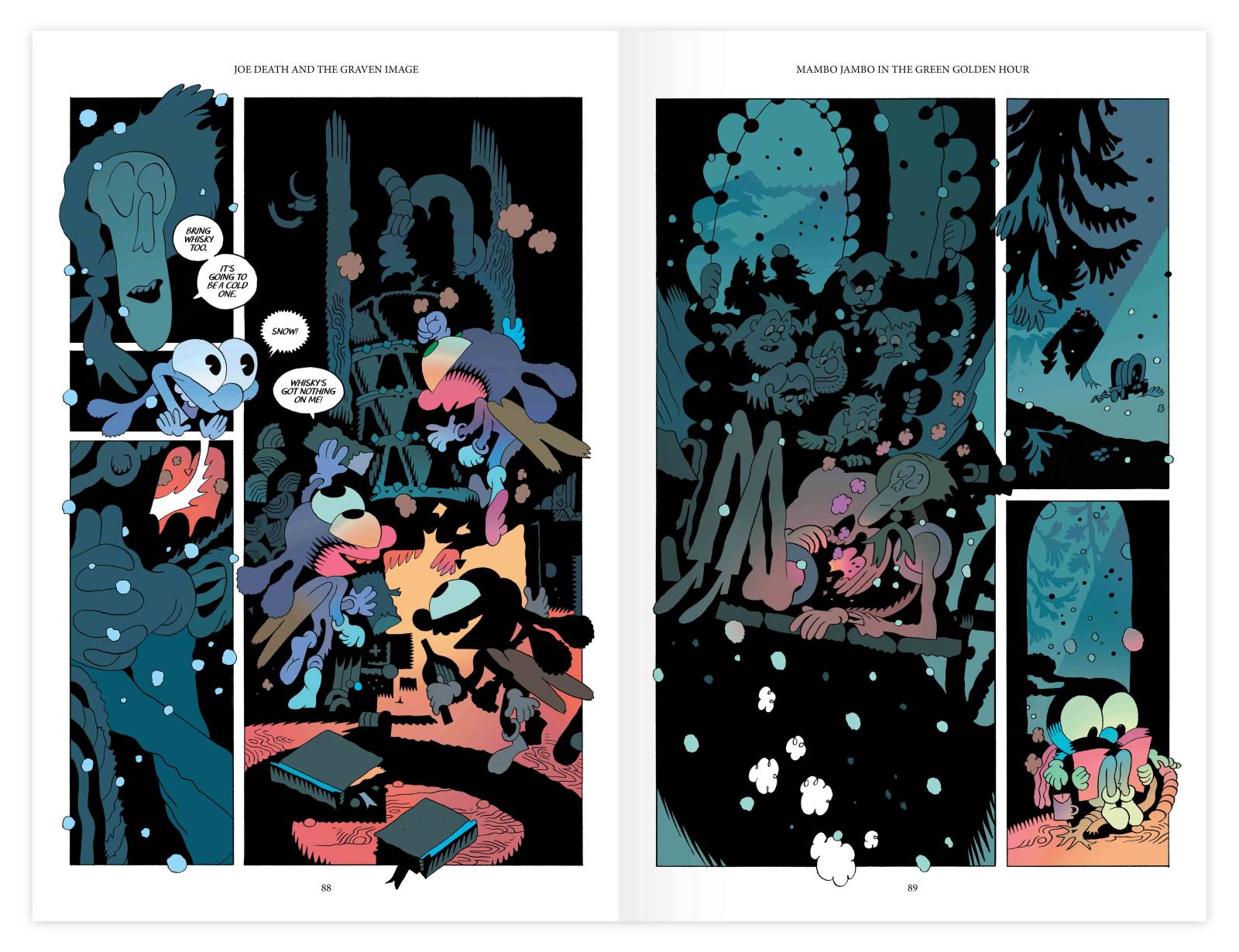
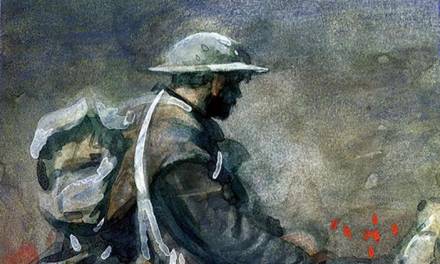
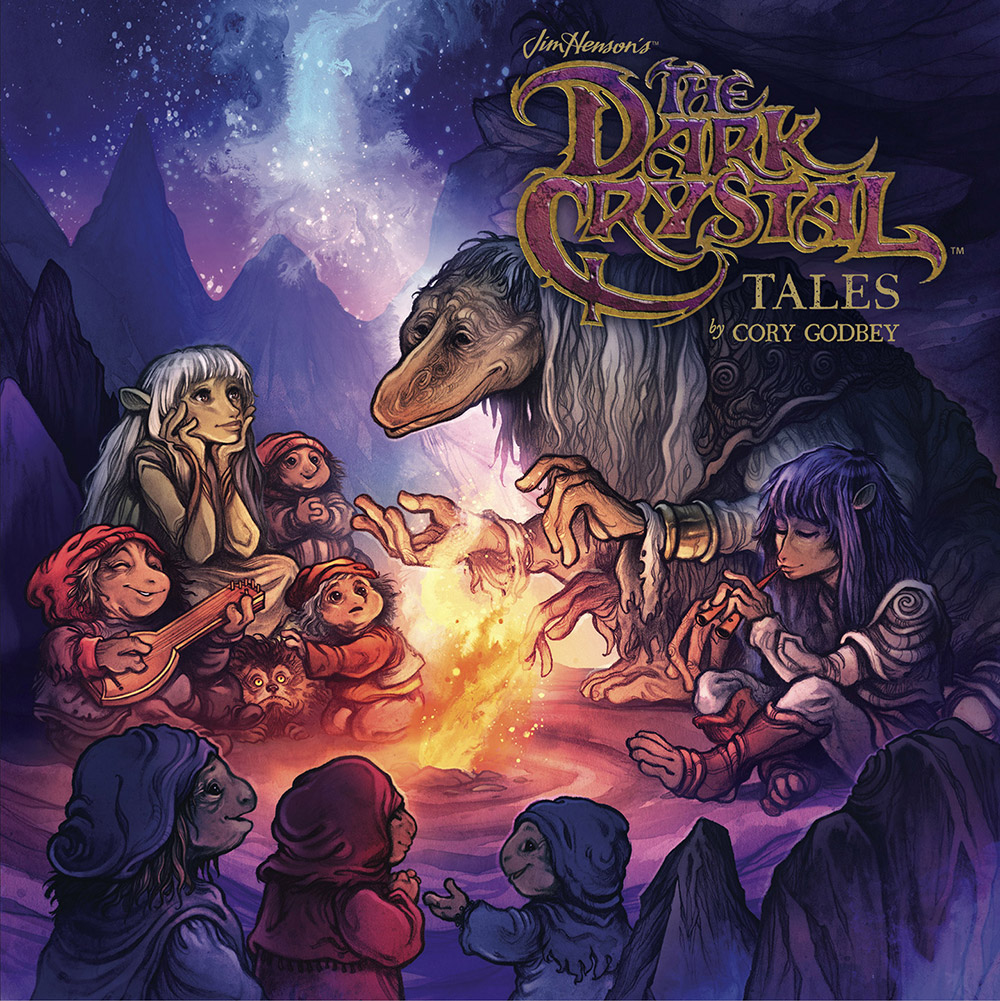
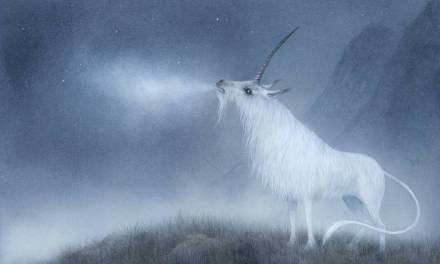
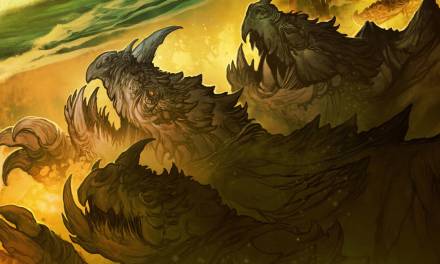
Lovely interview, I have my copy pre-ordered. Thanks to you both for the wonderful information.
Thank you, Vee bee!